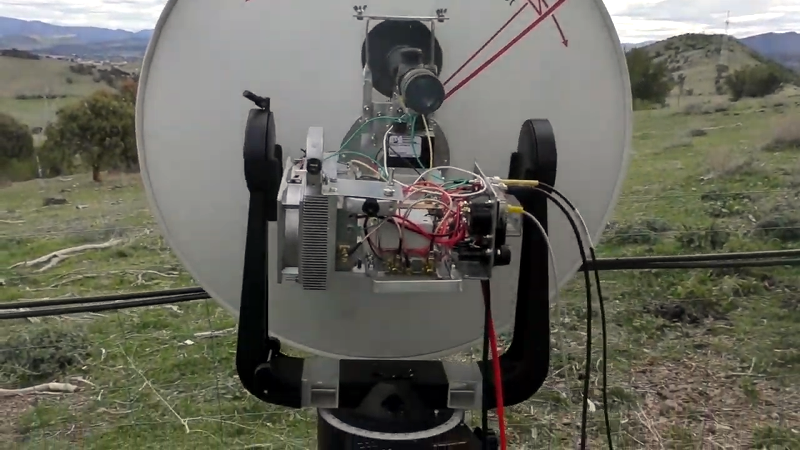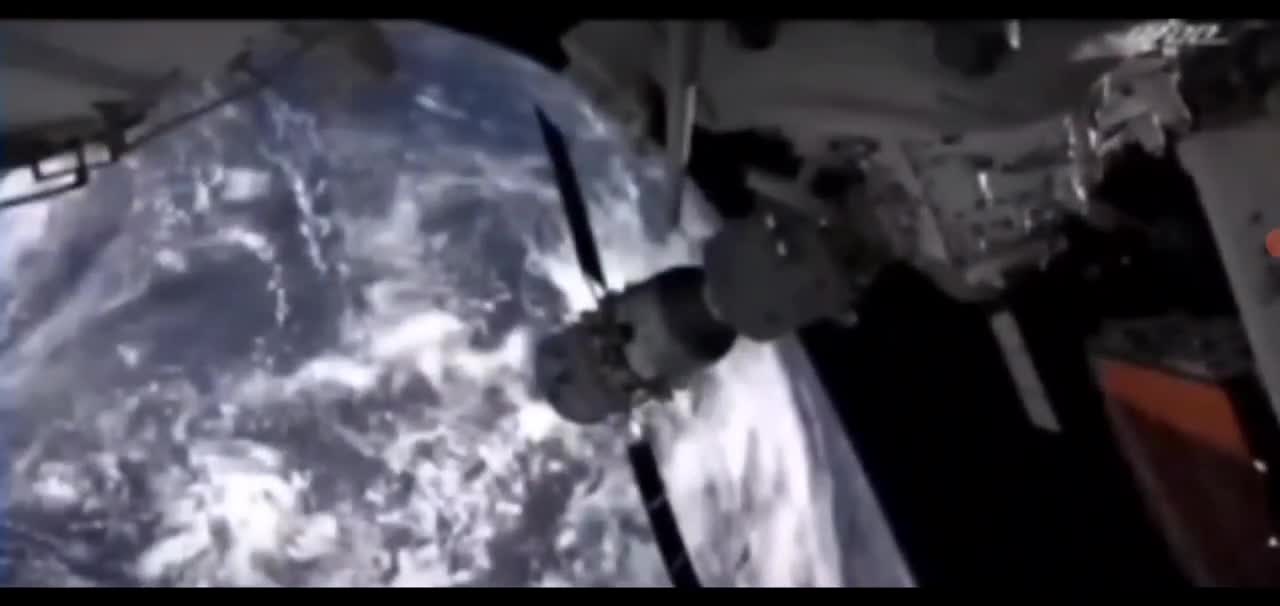I havent read thru the whole thread yet, so maybe this has been said.
In my personal opinion i think the earth is a circular shallow bowl, possibly spins like a record. The Bible at some point mentions "the circle of the Earth" which has been used as proof that its spherical, but i think it could also be a circle shaped bowl. And years ago i saw some video that said it is donut shaped, but i find that unlikely.
Regarding the moon, weird how we never see the dark side.
I found this article years ago, interesting.
The Moon Is A Death Star according to Author David Icke. It is the home base for Reptilian entities. Zulu legends tell of how Wowane and Mpanku stole the planet.

www.mazzastick.com
The Moon Is A Death Star
The
Moon is bigger than it should be, apparently older than it should be, and much lighter in mass than it should be. It occupies an unlikely orbit and is so extraordinary that all existing explanations for its presence are fraught with difficulties, and none of them could be considered remotely watertight.
The Russian Professor of biochemistry
Isaac Asimov said that the Moon, which has no atmosphere and no magnetic field, is basically a freak of nature in that Earth is the only planet in the solar system orbited by a satellite, so enormous in relation to the world it circles.
Of Time, Space & Other Things by Isaac Asimov:
We might look upon the Moon, then, as neither a true satellite of the Earth nor a captured one, but as a planet in its own right, moving about the Sun in careful step with the Earth.
To be sure, from within the Earth-Moon system, the simplest way of picturing the situation is to have the Moon revolve about the Earth; but if you were to draw a picture of the orbits of the Earth and Moon about the Sun exactly to scale, you would see that the Moon’s orbit is everywhere concave toward the Sun. It is always “falling” toward the Sun.
All the other satellites, without exception, “fall” away from the Sun through part of their orbits, caught as they are by the superior pull of their primary [planet] but not the Moon.
It is more significant than Pluto’s planet, and some scientists have even called it a twin-planet system, rather than a planet and a satellite. Asimov said that by all cosmic laws, the Moon should not be orbiting the earth, and he concluded that the Moon, by rights, ought not to be there.
The fact that it is there is one of those strokes of luck almost too good to accept. Small planets such as Earth, with weak gravitational fields, might well lack satellites. In General then, when a planet does have satellites, those satellites are much smaller than the planet itself.
Therefore, even if the Earth has a satellite, there would be every reason to suspect that at best, it would be a tiny world, perhaps 30 miles in diameter.
But this is not the case with the Moon. It is enormous, and have you ever seen how monstrous it can appear in the sky at times? The Moon is a giant satellite, 2160 miles in diameter. How is it then that the tiny Earth has one?
Jupiter is the largest planet in our solar system and as a result, it has some dense moons but what’s interesting is that Jupiter’s largest moons are (roughly) the same size as Earth’s Moon. Why?
Check out these anomalies:
- The Moon does not have a magnetic field, yet its rocks are magnetized.
- The oldest rocks collected from the Moon are far older than any collected on Earth.
- Science has no idea where it came from and how it was formed.
- Earth has tons of iron, and the Moon has none. They (Earth & Moon) are alleged to have been created at the same time.
- We never get to see the dark side of the Moon from Earth.
- It is so perfectly positioned that at a solar eclipse, it looks, from Earth, the same size as the Sun.
- For you math nerds. If you divide the circumference of the Sun by that of the Moon and multiply by 100, you get the circumference of the Earth. Divide the size of the Sun by the size of the Earth and multiply by 100, and you get the size of the Moon.
- The Moon, Earth, and the Sun are encoded with the unit of measurement known as the ‘ megalithic yard.’ Discovered by Professor Alexander Thom when he made a detailed study of stone circles such as Stonehenge. The standard measurement is equal to 0.829 meters or 2.72 feet.
- Moon rocks have been found to contain processed metals, including brass and mica, and the elements uranium 236 and neptunium 237 that have never been found to occur naturally. Uranium 236 is a long-lived radioactive nuclear waste and is located in spent nuclear fuel and reprocessed uranium. Neptunium 237 is a radioactive metallic element and a by-product of nuclear reactors and the production of plutonium. How the hell did this stuff get on the Moon?
- Surface lunar rocks contain titanium, chromium, and zirconium, which are all metals with refractory, mechanically durable, and anti-corrosive properties. Refractory metals are resistant to heat and wear and could stand up to means of aggression.
- Its placement dictates the speed of the Earth’s rotation and the angle at which it rotates – 22.5 degrees from vertical. The angle creates the four seasons because of the way that the planet faces the Sun during its annual orbit.
- It has a significant influence on the tides – far more than the Sun. We all should know this by now. And with the Human body consisting of 70% water, it influences us. Maybe that explains werewolves and an increase in emergency room visits during the full Moon.
- It dictates so much of our relationship with time, and the term “month” is really Moonth, a period based on the cycles of the Moon.
- Many legends around the world describe the moon as a “chariot” of gods and goddesses.
The Hollow Moon Theory
The Apollo 12 mission to the Moon in November 1969 set up seismometers and then intentionally crashed the Lunar Module, causing an impact equivalent to one ton of TNT. The shock waves built up for eight minutes, and NASA scientists said it “rang like a bell.”
The Apollo 13 mission in 1970 and the Saturn V launch vehicle, weighing 15 tons, crashed into the moon about 100 miles from where the previous mission had left the seismometer.
When the launch vehicle made an impact with the equivalent of eleven tons of TNT, NASA scientists said the Moon “reacted like a gong” and continued to vibrate for three hours and twenty minutes to a depth of up to 25 miles.

 rumble.com
rumble.com









